Beschreibung
Einleitung
Ein Schweinerschwein spielt eine wichtige Rolle beim Transport von Kraftstoffressourcen über weite Entfernungen. Die Gewährleistung des effizienten Betriebs ist sowohl aus wirtschaftlichen als auch aus ökologischen Gründen von entscheidender Bedeutung. Probleme mit Gaspipelines wie Obstruktionen, Korrosion und Lecks müssen fleißig vermieden werden, um die Sicherheit und optimale Durchflussraten festzustellen.
Ein Pipeline Pigging Pig ist ein spezielles Werkzeug, mit dem die Herausforderungen der Durchflusssicherung in der Öl- und Gasindustrie angepasst werden. Es verbessert die Effizienz und Sicherheit der Gaspipeline, indem Blockaden beseitigt, das Innere der Rohrleitungen gereinigt und umfassende Inspektionen durchgeführt werden. Dieser Artikel befasst sich mit dem Konzept des Piggings, seiner Bedeutung und der Fähigkeit von EMT, überlegene Pigging -Lösungen zu liefern.
Arten von Pipeline-Molchschweine
In der Öl- und Gasindustrie werden viele Arten von Pipeline -Schweinen verwendet, die jeweils eine eigene einzigartige Funktion und Anwendung haben:
- SchaumschaumschweinDas Foam Piggging Pig ist eine leichte Lösung, die hauptsächlich zum Reinigen und Trocknen von Pipeline -Innenräumen verwendet wird. Es wird typischerweise aus Open-Cell-Polyurethanschaum hergestellt, was Flexibilität und Belastbarkeit bietet. Diese Art von Schwein kann in der Pipeline kleinere Biegungen und Durchmesseränderungen navigieren, wodurch Trümmer, Wasser und andere Verunreinigungen effektiv entfernt werden. Das Schaumschwein kann auch mit Abrasiven oder Chemikalien für intensivere Reinigungsaufgaben überzogen oder imprägniert werden. Angesichts seiner anpassungsfähigen Natur wird es normalerweise während der Vorab-Phase einer Pipeline oder zur routinemäßigen Wartung eingesetzt.
- SkelettschweineDas Skelettschweine, auch als Drahtbürstenschwein bekannt, ist hauptsächlich für aggressive Reinigungsaufgaben ausgelegt. Seine Struktur umfasst typischerweise einen mit Borstenbürsten ausgestatteten Stahlkörper. Diese Mechanismen entfernen wirksam Skala, Wachs und andere hartnäckige Ablagerungen von Pipeline -Wänden. Aufgrund seines robusten Designs wird das Skelett -Schweinerschwein häufig unter herausfordernden Bedingungen verwendet, einschließlich Pipelines mit signifikanten inneren Korrosion oder unregelmäßigen Durchmessern.
- Solid GussschweineDas festgegossene Schweine ist ein langlebiges und vielseitiges Schwein, das für eine Vielzahl von Pipeline -Anwendungen verwendet wird. Es besteht in der Regel aus Urethan oder ähnlichen robusten Materialien und verfügt über eine einteilige Konstruktion, die seine Festigkeit und Haltbarkeit verbessert. Feste Gussschweine werden häufig zur Stapeltrennung, zur Produktverschiebung und zur umfangreichen Reinigungsaufgaben verwendet. Ihre solide Konstruktion ermöglicht es ihnen, heftigen Pipelinebedingungen standzuhalten und hartnäckige Ablagerungen oder Ablagerungen zu bewältigen.
- Abs Pigging PigDas ABS (Acrylnitril Butadiene Styrol) Schwein ist ein Hochleistungsschwein, das sowohl für Reinigungs- als auch für Inspektionsaufgaben entwickelt wurde. Es besteht aus ABS, einem thermoplastischen Polymer, der für seine Zähigkeit, Starrheit und chemische Resistenz bekannt ist. Dieses Schwein ist häufig mit elektronischen Geräten zur Inline -Inspektion (ILI) ausgestattet, wobei Anomalien wie Wandverdünnungen, Dellen oder Korrosion innerhalb der Pipeline nachgewiesen werden. Die Fähigkeit des Abs Piggging Pig, doppelte Rollen zu spielen, macht es zu einem wertvollen Instrument in der Öl- und Gasindustrie und sorgt für die Integrität der Pipeline gleichzeitig bei der Aufrechterhaltung der betrieblichen Effizienz.
Das Konzept von Pigging in der Öl- und Gasindustrie
Pigging ist der Prozess der Ausführung zahlreicher Aktivitäten innerhalb von Öl- und Gaspipelines unter Verwendung von Geräten, die als Pipeline -Schweine bezeichnet werden. Zu diesen Aufgaben gehören das Reinigen, Reinigen und Überprüfen des Innenraums der Pipeline. Pigging ist ein wichtiger Bestandteil der Versicherung der Pipeline -Integrität und eines kontinuierlichen Produktflusses.
Pigging hat einen anderen Zweck als einfach die Reinigung von Pipelines. Es beinhaltet auch die Bewertung des Zustands der Pipeline und der Erkennung möglicher Probleme wie Korrosion oder Risse, die Reparatur oder Austausch erforderlich machen. Berufserfahrung ist für die sichere und effektive Durchführung von Pigging -Operationen von entscheidender Bedeutung, da der Prozess mit Präzision und Sorgfalt durchgeführt wird.
Die Bedeutung von Pipeline-Molchung
Pipeline -Schweine sind maßgeblich an der Erhaltung der Effizienz und Integrität von Gaspipelines beteiligt. Sie erfüllen einen vielfältigen Zweck, von dem eine die Sauberkeit innerhalb der Pipeline aufrechterhalten und sicherstellen kann, dass sie frei von Hindernissen bleibt. Durch die Beseitigung von Trümmern und anderen Materialien, die möglicherweise den Gasfluss behindern, trägt das Pigging erheblich zur Aufrechterhaltung einer optimalen Durchflussintegrität bei. Dieser Prozess führt zu einer konsistenten und effizienten Durchflussrate und einem effizienten Druck innerhalb der Pipeline, ein Faktor, der für operative Exzellenz von entscheidender Bedeutung ist. Darüber hinaus eröffnet Pigging Wege für Inspektion und präventive Wartung. Es vermittelt den Operatoren mit der Fähigkeit, den inneren Zustand der Pipeline zu prüfen, potenzielle Probleme zu identifizieren und Abhilfemaßnahmen entsprechend zu planen. Dieser proaktive Ansatz verringert das Risiko von Pipeline -Fehlern und hilft bei der Erhaltung der allgemeinen strukturellen Integrität und Funktion des Systems.
Die Pipeline Pigging -Prozess
Das Pipeline-Pigging-Verfahren ist ein Mehrkomponentenprozess, das Schweinefwerer und Schweineempfänger umfasst, auch als Schweinehalpe bezeichnet. Das Schwein ist das spezielle Gerät, das die Pipeline durchquert und seine festgelegten Aufgaben ausführt. Der Launcher und der Empfänger sind maßgeblich an der Initiierung und Abschluss der Schweinereise innerhalb der Pipeline beteiligt.
Zu Beginn des Pigging -Prozesses wird das Schwein über den Schweinwerfer in die Pipeline eingeführt. Es wird dann durch den Produktfluss angetrieben und durch die Länge der Pipeline navigiert. Während des Fortschritts führt es seine Aufgaben aus, zu denen das Sammeln von Trümmern, Fett oder andere Verunreinigungen gehören kann, die die Effizienz der Pipeline beeinträchtigen könnten. Nach diesem Prozess wird das Schwein vom Schweinempfänger abgefangen und abgerufen. Es ist wichtig zu beachten, dass für dieses Verfahren kompetente Fachkräfte mit technischem Fachwissen erforderlich sind, um die sichere und wirksame Ausführung der Pigging -Operationen sicherzustellen.
Häufig gestellte Fragen
1. Warum ist Pigging in der Öl- und Gasindustrie wichtig?
Das Pigging ist entscheidend für die Aufrechterhaltung der Effizienz und Integrität von Pipelines. Es hilft, die Pipelines sauber und obstruktiv zu halten, um optimale Durchflussraten und Druck sicherzustellen. Darüber hinaus ermöglicht das Pigging die Inspektion des Innenraums der Pipeline, um mögliche Probleme wie Korrosion oder Risse zu erkennen, die proaktive Wartung zu erleichtern und das Risiko von Rohrlinienfehlern zu verringern.
2. Wie navigiert ein Schweinschwein durch die Pipeline?
Pigging -Schweine werden typischerweise von einem Schweinewerfer in die Pipeline aufgenommen und bewegen sich durch die von dem Produktfluss angetriebene Pipeline. Sie sind so konzipiert, dass sie Biegungen und Durchmesseränderungen navigieren und die Pipeline effektiv durchqueren, um ihre beabsichtigten Aufgaben auszuführen. Sobald der Pigging -Operation abgeschlossen ist, werden die Schweine am anderen Ende der Pipeline an einem Schweineempfänger oder Fänger empfangen.
3. Aus welchen Materialien stammen Schweineschweine?
Das zum Konstruktion von Schweinehöfen verwendete Material variiert je nach Typ und beabsichtigter Anwendung. Schaumschweine bestehen normalerweise aus offenes Zell-Polyurethanschaum, Skelettschweine bestehen häufig aus einem Stahlkörper mit Borstenbürsten oder Kratzelementen. Feste Gussschweine werden typischerweise aus haltbarem Material wie Urethan hergestellt, und ABS-Pigs werden aus Acrylonitril-Butadien-Strecke gebaut, a a hartes und chemisch resistentes thermoplastisches Polymer.
4. Was sind die Sicherheitsüberlegungen für Pigging -Operationen?
Die Sicherheit ist während der Schweineroperationen von größter Bedeutung. Diese Operationen sollten nur von geschulter Personal durchgeführt werden, die die potenziellen Risiken und Sicherheitsverfahren verstehen. Einige dieser Sicherheitsüberlegungen umfassen sicherzustellen, dass das Schwein mit dem Durchmesser und dem Zustand der Rohrleitung, dem Überwachungsdruck während des Betriebs, kompatibel ist und sicherzustellen, dass der Schweinefänger korrekt positioniert und vor dem Start des Schweins funktioniert.
Pipeline -Wartung
Die Wartung von Pipeline ist im Öl- und Gasgeschäft von entscheidender Bedeutung, da es die sichere und effiziente Lieferung kostbarer Waren gewährleistet. Es beinhaltet eine Reihe von Vorbeugende Maßnahmen, Inspektionen und Reparaturen zur Aufrechterhaltung der Integrität und Funktionalität von Pipelines. Die Wartung von Pipeline ist für die Verhinderung von operativen Störungen, Umweltschäden und Sicherheitsrisiken von entscheidender Bedeutung, die sich aus Rohrleitungsfehlern oder Lecks ergeben können.
Zusammenfassend ist die Wartung von Pipeline ein kritischer Aspekt der Öl- und Gasindustrie, der einen umfassenden Ansatz erfordert, der Inspektionen, Reinigung, Korrosionsschutz, Reparaturen und Personalschulungen umfasst. Durch fleißige Aufrechterhaltung von Pipelines können die Betreiber das Ausfallrisiko verringern. Minimieren Sie die Umweltauswirkungenund sicherstellen Sie den sicheren und effizienten Transport wertvoller Ressourcen.
Schlussfolgerung
Zusammenfassend spielen die Wissenschaft und Kunst des Schweinchens in der Öl- und Gasindustrie eine zentrale Rolle bei der Aufrechterhaltung der betrieblichen Effizienz, Sicherheit und Langlebigkeit von Pipeline -Systemen. Von den verschiedenen Arten von Pipeline -Schweinen - Schaum, Skelett, solide Guss und ABS, die einzigartige Funktionen dienen, bis hin zu umfassenden Pigging -Prozess und dem Imperativ für qualifizierte Fachkräfte ist jedes Element in dieser komplizierten Maschinerie von entscheidender Bedeutung.
Darüber hinaus bildet der breitere Kontext der Pipeline -Wartung, der vorbeugende Maßnahmen, regelmäßige Inspektionen und rechtzeitige Reparaturen umfasst, das Rückgrat dieser Branche. Es hilft nicht nur, Betriebsstörungen abzuwenden und die Umweltauswirkungen zu minimieren, sondern spielt auch eine entscheidende Rolle bei der Sicherung des sicheren Transports wichtiger Ressourcen.

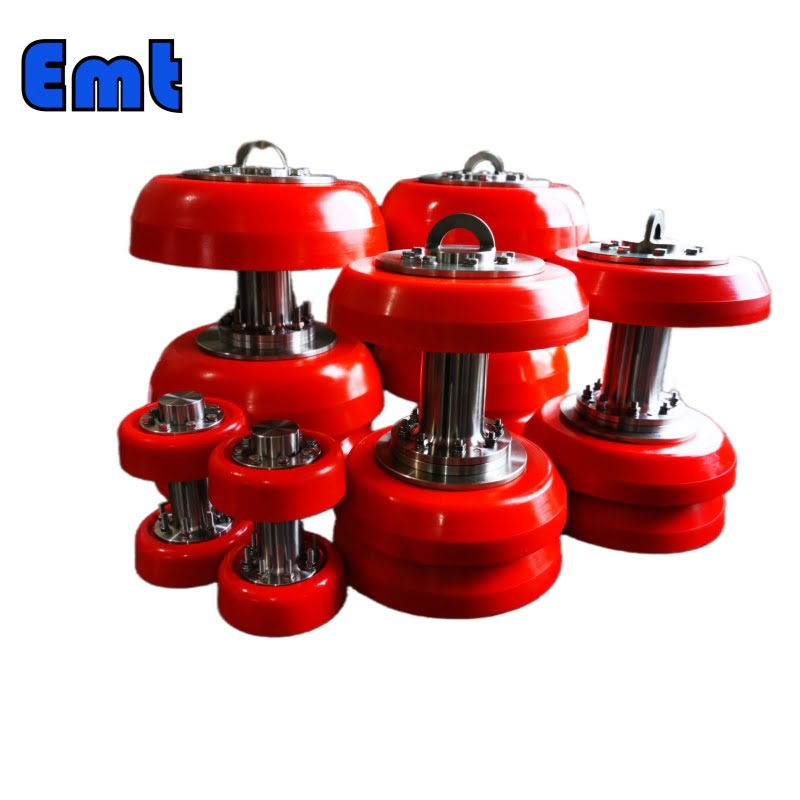
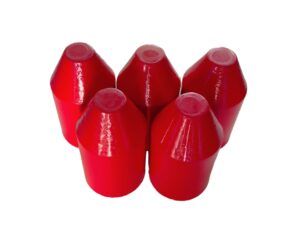

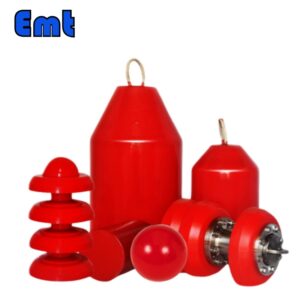
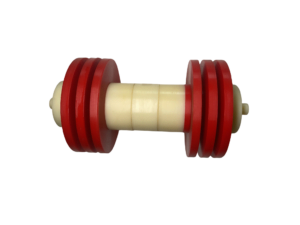
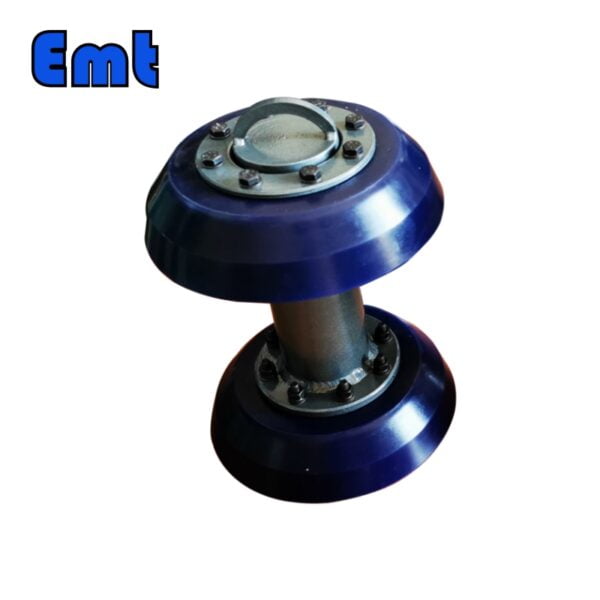

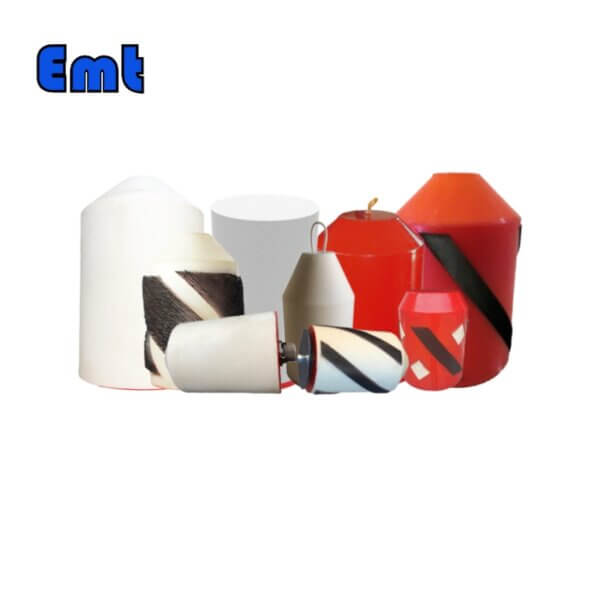

Rezensionen
Es gibt noch keine Bewertungen.